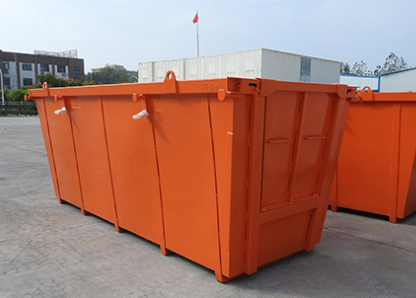
Is it possible to skip using containers for shipping?
Yes, it is possible to skip using containers for shipping under certain circumstances. While containers have become the standard method for transporting goods internationally, there are alternative methods available that can suit specific needs or situations. In this article, we will explore some of these alternatives and discuss the advantages and disadvantages of using containers for shipping.
Containerization, which involves packing goods into standardized containers and loading them onto ships, has revolutionized the shipping industry. It offers several benefits such as ease of transport, increased security, reduced handling, and the ability to accommodate various modes of transportation. However, there are instances where shipping without containers may be preferred.
One alternative to container shipping is called breakbulk shipping. Breakbulk refers to cargo that is too large or too heavy to fit into a container. These goods, often referred to as project cargo, are transported individually or in small quantities, and are secured either directly onto the ship's deck or inside the hold using cranes or other lifting equipment. Breakbulk shipping is typically used for oversized items such as machinery, construction equipment, or vehicles.
Breakbulk shipping has its advantages. Firstly, it allows for greater flexibility in terms of cargo dimensions and weight. By not being restricted to container sizes, breakbulk shipping can accommodate cargo of any shape and size. Secondly, it provides better protection for fragile or sensitive goods that could be damaged in a container. Lastly, breakbulk shipping offers faster loading and unloading times, as there is no need to pack and unpack containers.
However, breakbulk shipping also has its drawbacks. Transporting goods individually or in smaller quantities may result in higher shipping costs due to increased handling and stowage efforts. Moreover, breakbulk cargo requires more extensive documentation, as each item needs to be carefully described, measured, and accounted for. Additionally, breakbulk shipping is often more susceptible to weather conditions, which can cause delays and potential damage to the cargo.
Another alternative to container shipping is the use of bulk carriers. Bulk carriers are specially designed ships that transport unpackaged goods such as grains, coal, or ores. These goods are poured or pumped directly into the ship's hold and are typically not packaged or containerized. Bulk shipping is suitable for commodities that are homogeneous, have a high cargo volume, and minimal handling requirements.
The advantages of bulk shipping include lower transportation costs due to the ability to transport large quantities of cargo at once. In addition, bulk transportation is often more efficient, as the loading and unloading process is faster compared to containerized cargo. Lastly, bulk shipping generally requires less packaging material, reducing waste and environmental impact.
On the other hand, bulk shipping also has its limitations. Unlike container shipping, bulk carriers require specialized facilities at ports for loading and unloading. This adds to logistical challenges and limits the number of ports that can handle bulk cargo. Furthermore, bulk shipping is not suitable for goods that require protection from moisture, temperature, or physical damage, as the cargo is exposed during transportation.
Despite these alternatives, it is important to note that container shipping remains the most widely used method for transporting goods internationally. Containers offer a balance between efficiency, security, and flexibility, making them suitable for a wide range of industries and products. The standardization of containers has also led to the development of an extensive infrastructure and network that supports containerized shipping.
In conclusion, while it is possible to skip using containers for shipping under certain circumstances, container shipping remains the dominant method for transporting goods internationally. Alternatives such as breakbulk shipping and bulk shipping offer advantages in specific situations, but they also come with their own limitations. Ultimately, the choice of shipping method depends on factors such as cargo type, volume, dimensions, and specific logistical requirements.




Komen
(0)